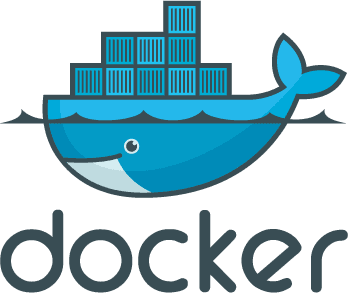
A container is a software packaging method that encapsulates a software service or application, streamlining deployment with agile, quick-response features. Traditional operating systems require individual resources and dependencies to perform essential functions, whereas containers share a standard kernel system, allowing multiple applications to run on a single operation.
Because multiple containers can run on a single operating kernel, they only require a few basic system requirements to function, allowing for microservices and more extensive application deployments. Before containers and virtualization efforts, bringing up a new server took days. With new-and-improved cloud services and container software, implementing a server takes seconds.
The most popular container solution is Linux, which offers efficient, low-cost virtualization. Additionally, virtual containers are portable, fast, and movable cross-platform (if compatible), which increases customer and employee communication. If you’re looking to speed-up your server setup, consider cloud-based container solutions like these.
Containers start-up in seconds
Containers can start-up in a few seconds or less because they don’t require a full operating system to configure and load data. By embedding all of the necessary code for the application within the container, applications can run anywhere within seconds.
Containers are also portable and lightweight so that you can move them seamlessly between different compatible platforms. Portability dramatically improves how teams move new code or artifacts from development through to production.
Containers are resource-efficient and secure
Containers require fewer resources than full virtual machines, which translates to lower costs. For example, if you’re running two top-performing applications on a virtual server and the operating system takes up 50% of the total footprint, running containers instead of a full virtual machine will reduce your resource requirements by around 25%.
In 2018, the Financial Times estimated that containers helped cut their server costs by up to 80%. They’re also self-contained and non-interacting, which means if a business is running a series of applications and one container crashes, the other’s will keep running without interruption. Because containers under the same kernel system do not interfere with one another, system failures don’t threaten security, leaving unaffected software untouched and secure regardless of error-prone counterparts.
Containers can run anywhere
Containers can run anywhere, which eases development and deployment on Linux and Windows operating systems. Dynamic solutions are agile, allowing for improved integration efforts. Because containers can function remotely, applications can run on different environments, like individual local desktops, physical and virtual servers, and public or private clouds.
This portability grants businesses more flexibility, speeds up the development process, and makes it easier to switch cloud environments or providers should the need arise. Platform independence enables portability for those looking to use singular or multiple containers on different platforms and operating systems.
Wrapping up
Container-based solutions allow developers and organizations to create and deploy applications more efficiently. Server setup is secure, portable, and fast-paced, enabling corporations to speed up processing times and increase customer satisfaction. Most importantly, containers help enterprise IT organizations reduce overhead, boost efficiency, speed up server setup times and reduce costs.